Factories Think Now: ML, Edge AI Reshape Automation Beyond Scripts
Published:2025-08-11 10:20:10
Embodied Intelligence at the Crossroads
Beijing | August 11, 2025
The 2025 World Robot Conference (WRC) in Beijing was not merely an exhibition—it was a referendum on the future of automation. With 200+ enterprises demonstrating 1,500+ innovations, including 100+ world premieres, the event crystallized a pivotal shift: embodied intelligence has moved from laboratory curiosity to industrial necessity 37. Yet beneath the spectacle of dancing humanoids lies a more profound narrative—one of geopolitical rivalry, technological divergence, and a race to solve humanity’s hardest productivity puzzles.
I. The Great Uncoupling: When Hardware Innovation Outpaces AI Hype
Robots are finally doing real work—not just performing tricks. At WRC, JAKA’s mobile composite robots achieved ±0.5mm positioning accuracy in semiconductor wafer handling, reducing vibration-induced losses by 30% at 1.5m/s speeds. This wasn’t a controlled demo; it occurred in a simulated crowded factory floor with dynamic obstacles 7. Similarly, Omron’s anti-swing transporters (launching September) adapt to load variations at 1.8m/s, solving fragility issues in automotive logistics—a solution validated in Asian plants by partners like ZhongPing Technology 7.
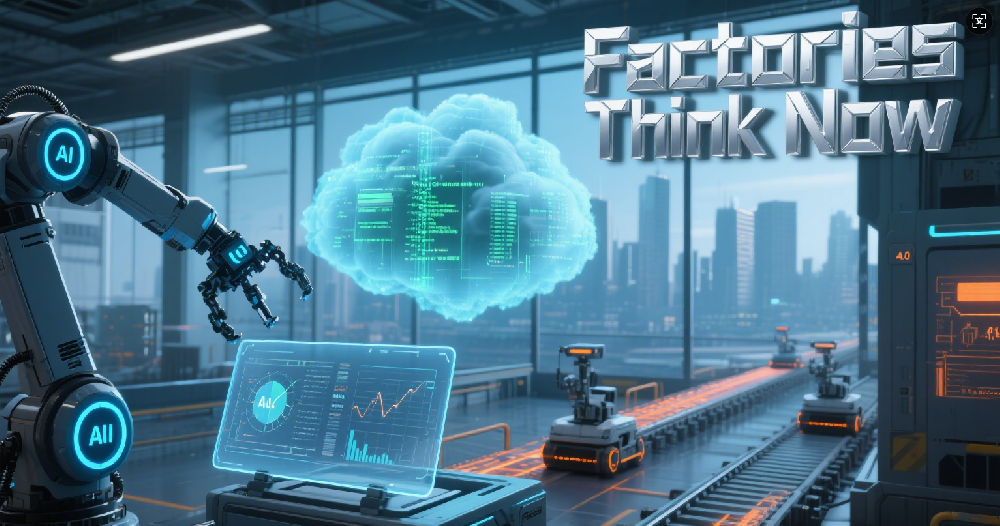
Why this matters:
"Precision in motion is no longer enough. The new benchmark is ‘structured flexibility’—maintaining micron-level accuracy while navigating chaotic real-world environments."
— Industry Analyst, WRC 2025 Roundtable
The hardware revolution is accelerating faster than AI cognition. PRO Robotics’ "Da Bai" humanoid boasts ±0.05mm repeatability—surpassing industrial arms—yet its AI still struggles with open-ended problem solving 1. This gap reveals a critical insight: 2025 is the year hardware capability eclipses AI maturity, forcing a recalibration of investment priorities.
II. China’s Ascent: Policy, Clusters, and the New Automation Economics
Data points defining the shift:
Market Dominance: China accounted for 54% of global industrial robot installations in 2024 (29/52.3万台), defying a global downturn 9.
Domestic Surge: Collaborative robots grew 28% in 2024 despite a 4.5% dip in overall industrial robot sales 26.
Cost Revolution: Unmanned forklifts now achieve payback in 0.7 years for 3-shift factories—making automation irresistible for SMEs 4.
Behind the numbers:
China’s success stems from a triad of forces:
Policy Engine: Mandates like "53.3% domestic robotization by 2025" and *"50% factories at Smart Maturity Level 2+ by 2027"* create guaranteed demand 2.
Vertical Integration: Firms like JAKA control 90% of core components, slashing costs—enabling 300+ embodied platform deliveries in 2024 79.
Cluster Effects: Chengdu’s "Robot Valley" exported 23.6% more YoY, housing 75 specialized firms to drive economies of scale 9.
Contrast with the West:
While Chinese firms prioritize supply chain control (e.g., ESTUN’s global production network), Western alliances like ABB-Dispel focus on cross-industry security standards 3. This divergence reflects a deeper philosophical split: sovereignty versus interoperability.
III. The Delivery Imperative: Why 2026 Will Separate Winners from Spectators
The age of poetic promises is over. Capital markets now demand commercial validation:
LG Electronics’ strategic investment in Zhijin Robot signals corporate confidence in humanoid production lines 5.
JD.com pledged ¥10 billion to deploy robots in 1 million terminal scenarios, targeting logistics as the first scalable domain 10.
ESTUN’s 10.5% market share (Q1 2025) stems from its ER platform enabling 4ms real-time control—allowing robots to self-program based on sensor data 68.
The coming shakeout:
"Investors tolerate visionaries until ‘delivery years’ arrive. 2026 will bury startups that can’t scale beyond pilot zones."
— Venture Partner, Robotics Fund
This pressure is already reshaping strategies. Companies like TM Robotics focus on "pain point solvers" (e.g., high-vibration wafer handling), while PRO Robotics pitches its humanoids as modular "mother-child systems" to cut downtime 13.
The Human Cost: An Uncomfortable Truth
Amidst the optimism, WRC exposed an ethical fault line. Xu Xiaolan (CPPCC) warned of unchecked autonomy risks, urging "strict global standards" 3. The tension is palpable: while robots like ESTUN’s radiation-resistant models protect workers from harm, they also threaten 40% of low-precision assembly jobs by 2030 69.
Our view: The industry must confront this duality head-on. Productivity gains cannot justify social disruption—governments and corporations must co-design reskilling ecosystems alongside automation rollouts.
Conclusion: Beyond the Hype Cycle
The WRC’s glittering displays obscure a gritty reality: embodied intelligence’s near-term value lies in structured environments, not sci-fi fantasies. JAKA’s wafer handlers and Omron’s vibration-free transports prove robots excel where tasks are repetitive but environments unpredictable.
Three predictions for 2026:
Logistics Dominance: Autonomous forklifts and mobile manipulators will capture 60% of commercial deployments, driven by ROI under 1 year 410.
Hybrid Intelligence: AI will augment—not replace—human workers (e.g., Siemens’ natural language copilot cuts planning time by 90%) 6.
Consolidation Wave: Over 50% of China’s 75+ robot startups will be acquired as scale becomes non-negotiable 9.
The path forward demands pragmatism over poetry. As one engineer at WRC muttered while watching a humanoid stumble: "Stop teaching robots to dance. Teach them to weld."
-
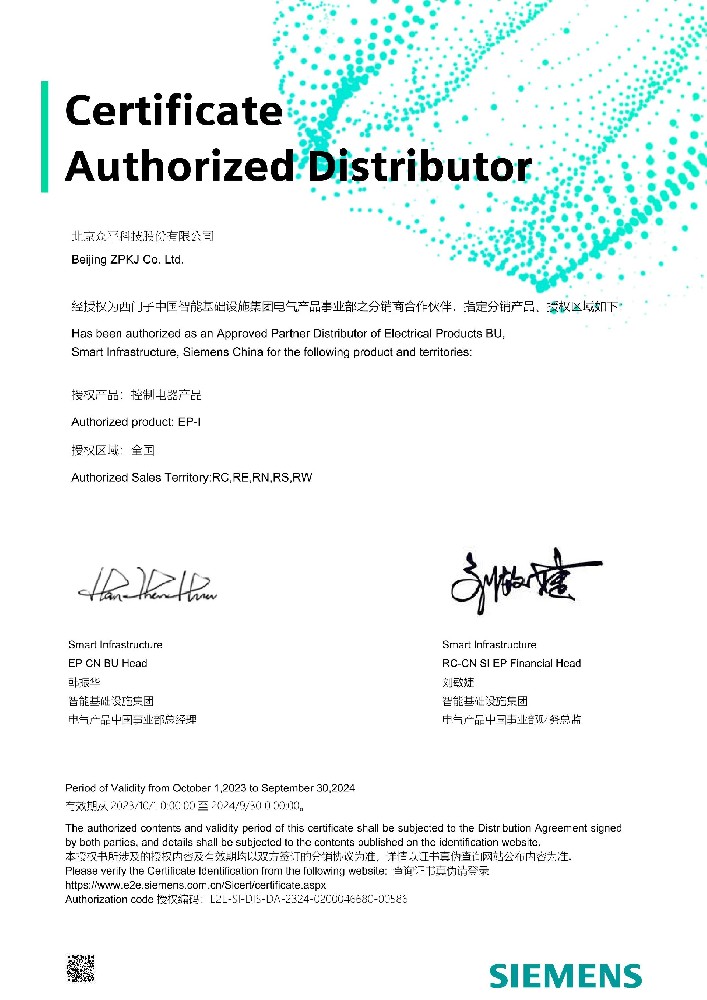 202502-27
202502-27Beijing ZhongPing Awarded 2025 Siemens EP Series Agency License
Beijing ZhongPing Technology Co., Ltd., a trusted partner in intelligent manufacturing, is delighted to announce that we have been awarded the 2025 agency certificate for the Siemens EP series. This r···
-
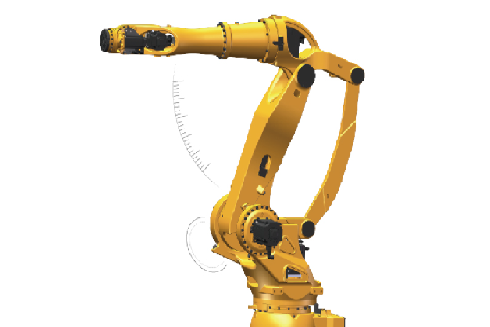 202308-10
202308-10Maintenance steps of Eston Palletizing robot
One: machine cleaningFirst, disconnect the power supply and remove debris around the machine. Wipe the surface of the machine with a clean cloth to ensure that there is no dust, grease and other impur···
-
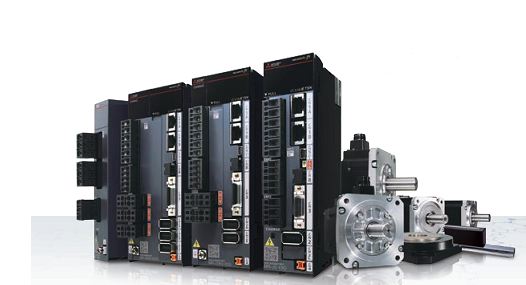 202301-10
202301-10Failure analysis of Mitsubishi Frequency Converter OC1 and OC3
Many times when Mitsubishi frequency converter presents OC (overcurrent problem), it is caused by the following reasons. Take A500 series frequency converter as an example:1) Caused by improper parame···
-
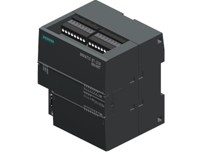 202303-17
202303-17Installation guide for Siemens S7--200 equipment
The S7-200 can be mounted on a panel or standard guide rail. The S7-200 can be mounted horizontally or vertically.warningSIMATIC S7-200 PLC is an open controller. It requires the S7-200 to be installe···
-
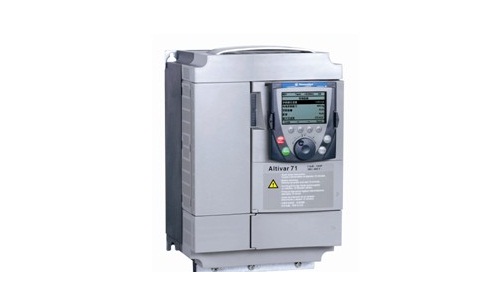 202302-23
202302-23Schneider inverter commissioning procedure
1. Type recognition: Whether the type of frequency converter is common with the type of frequency converter purchased.2. Transportation admission: After opening the package, check whether the frequenc···



 +8618621383628
+8618621383628 +8613811814778
+8613811814778 info@zhongpingtech.com
info@zhongpingtech.com Building 26, Liyuan Community, Chaoyang District, Beijing, China
Building 26, Liyuan Community, Chaoyang District, Beijing, China